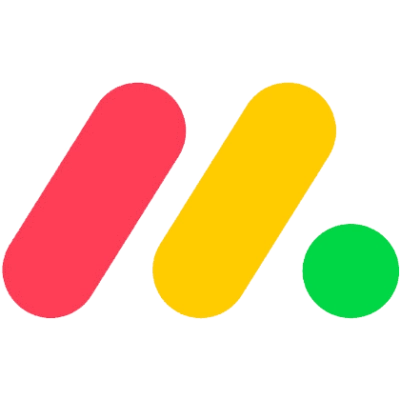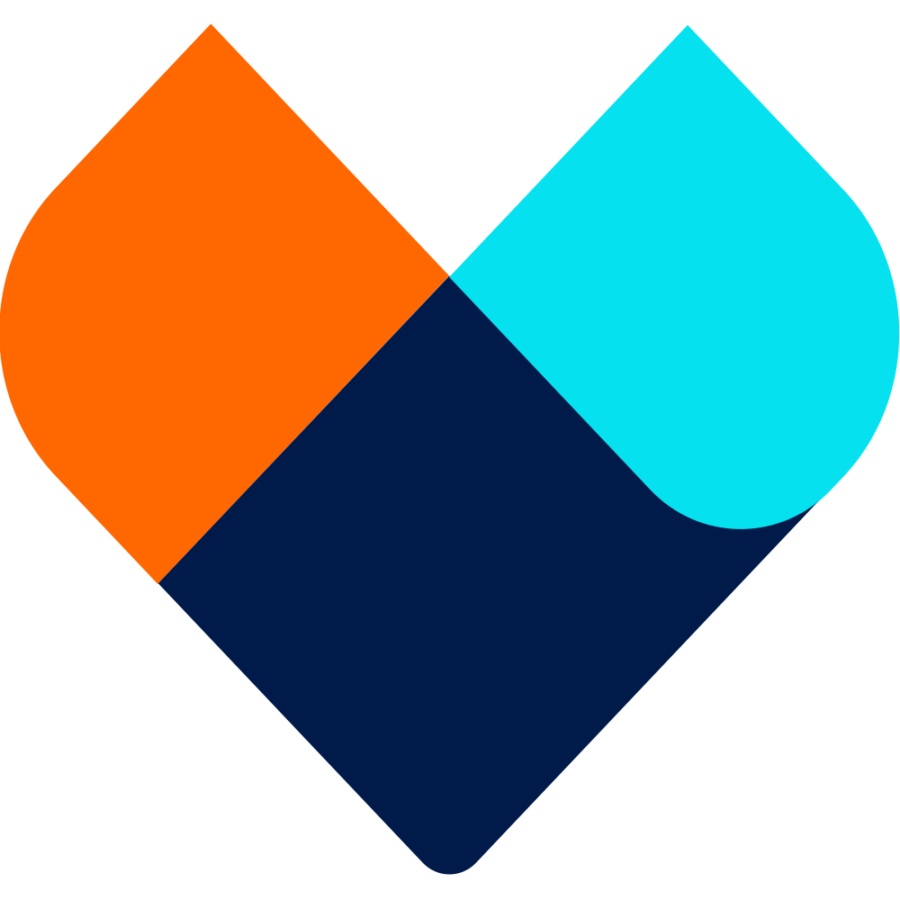When an organization develops the habit of not letting anything leak through the cracks of usual practices, i.e. siloed and dispersed communication and collaboration, its productivity accelerates and the cohesion, involvement and well-being of teams becomes a powerful driver.
A good collaborative solution synthesizes :
- Transparency as a managerial value
- Employee involvement
- Acceleration of operations and projects
- Safeguarding knowledge
- Improving customer satisfaction
1. Transparency creates a positive work environment
When everyone knows what they need to do, that's good. But when everyone knows what the company needs to do, it's even better. When everyone knows where the company is going, they are working towards a clear goal.
On this topic: Why transparency?
Most project management tools don't make the connection between the lower level tasks - your mundane day-to-day tasks - and the high level - how much your efforts contribute to the success of the business.
Transparency allows everyone to focus on the big picture. The meaning of one's work - knowing why one does things - is the primary driver of motivation. Conversely, lack of meaning is the number one cause of employee disengagement.
When you withhold information from your team, you limit their intelligence to yours, crippling the smart people you've hired. - Avishay Abrahami, CEO of Wix
When companies hide information (intentionally or unintentionally) from their employees, they create silos between people "in the know" and others "in the dark." This becomes a hotbed for organizational politics, which holds your organization back.
Most project management tools and traditional communication methods (email, meetings, excel, and one-on-one conversations) are opaque by nature. You need a system that allows everyone to see what everyone is working on, in real time. Individuals then see how their tasks fit into the big picture. They feel their work is important and makes a difference.
2. Involvement comes from ownership and responsibility
More and more, people do not want to take orders and do not want to give them. Traditional project management methods and ways of collaborating hold the decision-making power of a few, while disempowering everyone else.
A good collaboration management software promotes employee involvement. It allows for quick definition and clarification of tasks, commitments, and follow-up by the right people.
People are responsible by nature. They want to be involved, because it gives meaning to what they do. The problem is that, in general, it is the managerial habits of organizations that hinder and then annihilate this will.
Recognition often stops at the manager or the project progress report. Transparency brings it down to the team and individual level. When everyone's work is visible to everyone, when anyone can see your achievements, when you feel that the results are yours, that you are responsible for them, then you get involved.
3. Accelerate projects through fun and simplicity
Why do most teams still collaborate with carloads of emails, scattered excel sheets, outdated backward planning and "cool" organization? Because they distrust IT. Experience has shown them that project management software = gas factory = waste of time and frustration.
Good task management software should be simple and enjoyable - if not fun - to use. Too often users feel they are working for the tools they use, not the other way around. You need a tool that is intuitive, not overwhelming and fast. You should be able to start working on it without training.
Historical software editors still relegate usability to a secondary element. Usability - the pleasure it should generate in the user - must be your number one priority.
Digital and cloud solutions are now providing the software we all dreamed of having. A solution like. MondayAsana or Wrike are collaboration apps that people love, that work for them, and that ease their burden rather than increase it.
Read about: How to choose a project management solution
For many managers and IT departments, software that is vibrant with simplicity, that makes users feel good is suspect and probably ineffective. However, I can assure you that for the past 3 years, my greatest pleasure in the office is to open Monday every morning.
Thanks to MondayMonday works for us, offering us relaxation and control. We know that, from the big picture to the small details, everything is under control. Planning and collaboration has never been so fast.
Good software doesn't just manage tasks. It must be a platform - a one-stop shop - that will simplify and accelerate your processes:
Employees move "in context". They no longer have to tediously search for information in different places and use disparate collaboration channels. Tasks, folders and files, templates, workflows, deadlines, discussions and comments - all in one place.
Deadlines are more easily met and respected. Employees can more easily clarify all the details, from the most general to the most insignificant, to stay focused on the essential.
4. Safeguarding knowledge by strengthening substitution and multi-skilling
With much of the information in their heads, team leaders and employees are risky bottlenecks. When they are unavailable, teams can be slowed down and projects stopped altogether.
A good collaboration software should make the repository of information and open collaboration simple and obvious. Transparency and good working practices enhance the deputization and versatility of individuals. It reduces bottlenecks and silos that impact the safeguarding of operations.
5. More satisfied customers thanks to involvement and transparency
Collaboration no longer has to be restricted to the team or internally. Operating in an open collaboration model with your contractors and partners, but also and especially with customers - or principals, like your management - will significantly improve their satisfaction. And your results.
With your project management software, you should be able to involve your customers and partners by giving them access to the elements that concern them. By adding a few good practices of the Agile approach, you will make sure that your customers and partners actively participate, provide feedback, respect their commitments and deadlines. You will then deliver products and services faster, more complete, much closer to their expectations.
At Axxun, we have seen an improvement in project quality and profitability since we adopted Monday and an adapted Scrum framework.
With us, Monday has allowed us to apply the principle of transparency from the first meeting with the client and throughout the project. The board is shared with the client as soon as the offer is made. Trust is established more quickly: the price calculation is transparent, we no longer negotiate the services "face to face" but "side by side", as a team. Then customer and partners can follow all tasks in real time, be assigned to them and participate actively. Our invoices are not discussed, because the client knows what we have done and in how long; he has defined and accepted each deadline.
The benefits - for both Axxun and our customers - are so great that any other approach would seem to make no sense. At least when you're looking to deliver quality and maintain a lasting customer relationship.
Conclusion
Organizations and teams need reliable tools to focus energy in the short and medium term. Tools that allow employees to master their tasks in a calm and relaxed way. It is possible to do more with less and better with a system that allows to collect all information, to clarify commitments and to take action more simply and quickly. And to reduce fatigue and overload.
Read about: Hyperconnected, the brain at risk
Next-generation work management tools such as MondayAsana, Wrike, Airtable, etc. are game changers.










Google Workspace superior to Microsoft 365
Hyperconnected: the brain at risk
Choosing a project management software